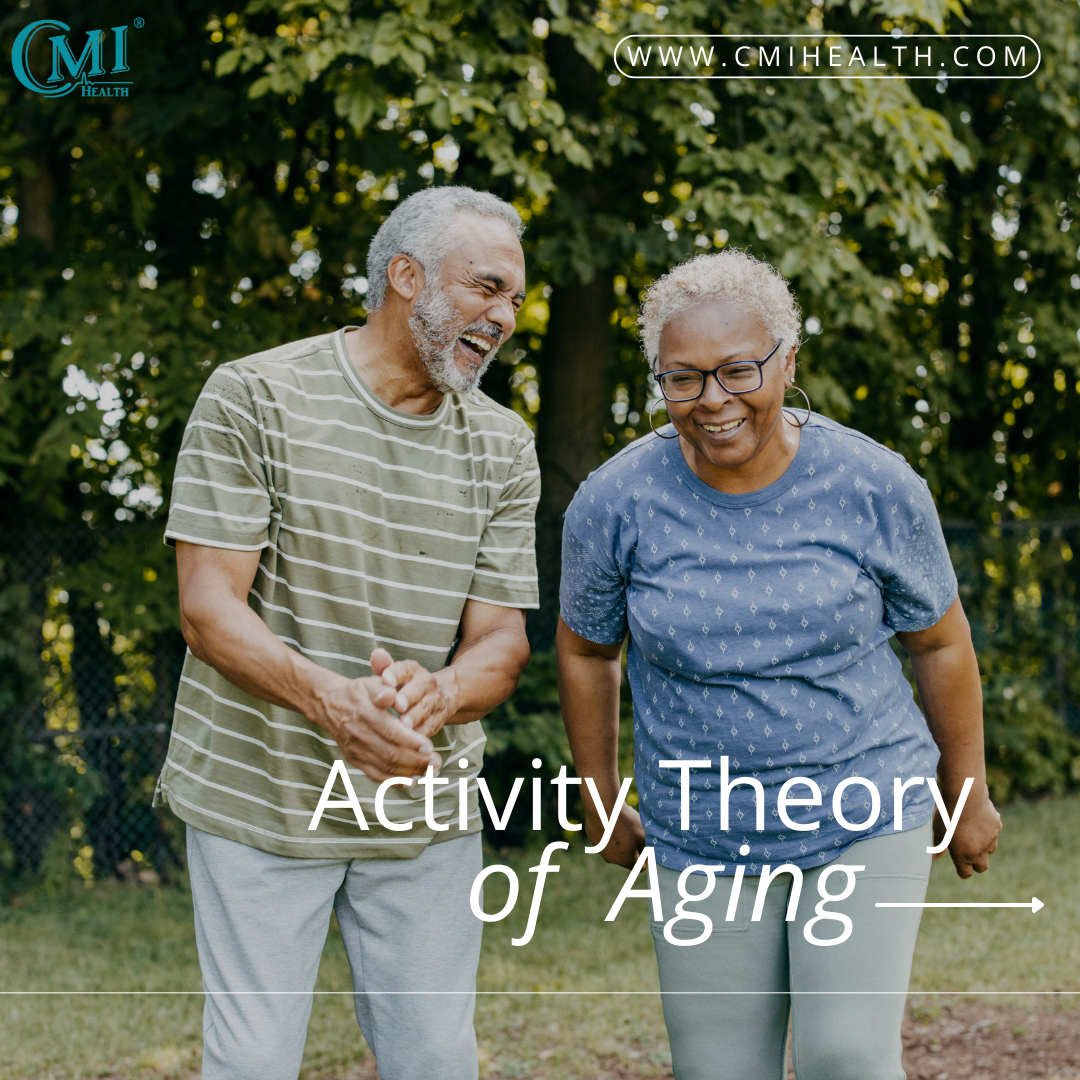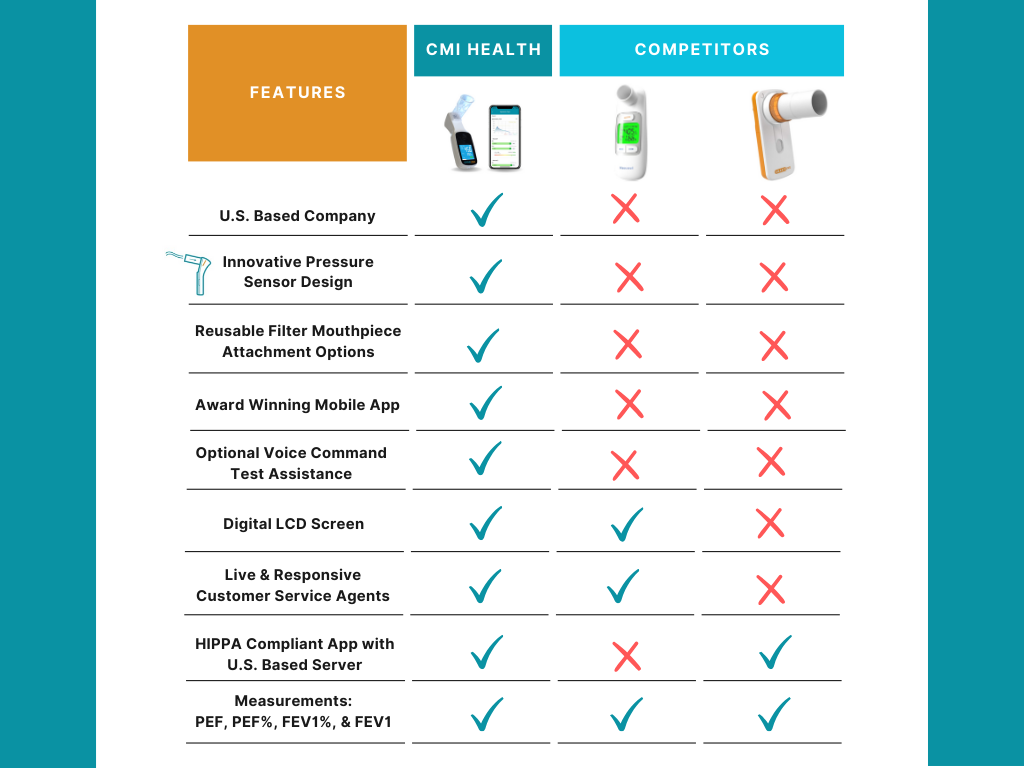
Aging is an inevitable part of the human experience, and while we certainly can’t stop ourselves from getting older — there are choices we can make to help ourselves feel great for as long as possible. The approach and mindset of healthy aging might look a little different from one person to the next, but we believe that everyone can achieve wellness as they age. This means building a foundation of healthy habits, no matter what life stage you’re currently in.
There are Two Types of Aging
Aging is a complex process that can be categorized into two main types: primary aging (also known as intrinsic or chronological aging) and secondary aging (or extrinsic aging). It's important to note that primary and secondary aging are interconnected and can influence each other. Understanding both types of aging is essential to creating a healthy lifestyle.
Primary aging describes the natural and unavoidable changes that occur as we age. These changes include genetics, hormones, collagen breakdown, and cellular metabolism.
Secondary aging refers to external factors that can hasten the aging process. Sun exposure, smoking, poor nutrition, and chronic stress are all external risk factors.
Some of the overlap between primary and secondary aging might seem relatively obvious: the idea that sun exposure can accelerate wrinkles or the correlation between stress and gray hair (yep, it’s actually a thing). This is where the Activity Theory of Aging comes in, which explains how our environments and lifestyle choices can impact the biological aspects of how we age.

What is the Activity Theory of Aging?
The Activity Theory of Aging proposes that aging occurs with more positive outcomes and a higher quality of life when adults stay active and maintain social interactions as they get older. This means that individuals should continue to engage in meaningful activities, both personally and in their communities, as they age. This theory counters the controversial Disengagement Theory, which suggested that aging individuals should naturally withdraw from society as they age.
One study, for example, found that adults who participated in discretionary activities (extracurricular activities of their choosing) over 8 weeks reported a more positive outlook on life and their overall wellness. And if you’re at all familiar with Blue Zones, the regions of the world where people reportedly live the longest, most healthful lives, you might recognize that Activity Theory is something Blue Zone residents live out every single day. They lean on their communities, engage in moderate physical activity, and prioritize the activities that make them happy.
Besides social engagement, another key concept of the Activity Theory is the importance of physical activity as we age. Participating in low-impact exercises, like walking or yoga, just a few times a week can greatly improve your health. Scientists agree that practicing regular, moderate exercise plays a sizable role in the aging process—many studies have tracked the impact on both the physical health and mental health of older adults.
The Activity Theory of Aging emphasizes the importance of staying active and engaged in various aspects of life as individuals grow older. It's never too late to start a new hobby or make new friends. By embracing this theory, older adults can lead fulfilling lives while maintaining their health and independence.
Have any questions about our products or just want to chat? Feel free to email us at info@cmihealth.com or call at 888-985-1125 (ext. 1).



































Leave a comment